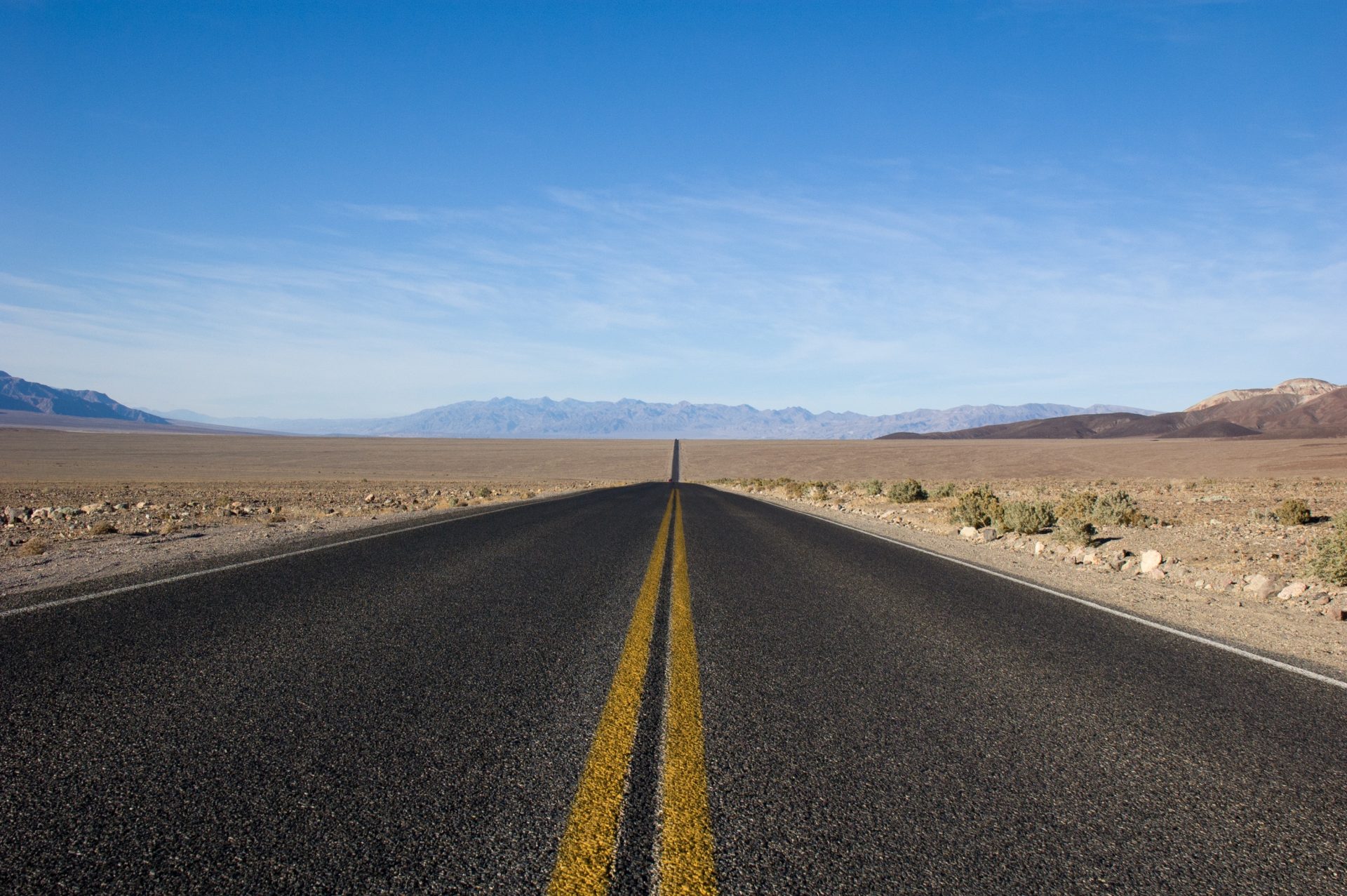In the early 1980’s after reluctantly escaping the gravitational pull of a lifestyle that was exciting, illegal, and potentially dangerous, I briefly succeeded in accessing what my parents, teachers, and mentors had wearily referred to as ‘common-sense’. I abandoned the idea of easy money and tried my hand at something else. Unencumbered by any doubts about my suitability I stumbled into the world of corporate management training.
Outdoor experiential leadership development was all the rage and I was an enthusiastic advocate. We had a relatively small number of simple yet powerful theoretical models upon which to draw and these together with the profound experiences garnered in the mountains and gorges of Snowdonia, proved very effective and popular with our corporate clients. Not long after starting this work the term ‘quality’ became all the rage. The business fraternity were in awe of Japan’s relentless success and desperate to locate the keys that might unlock the secrets of their shockingly good performance statistics. After ‘quality’ came ‘quality circles’ after which came ‘total quality’ hotly followed by ‘total quality management’. Later, with unrivalled panache, Tom Peters extolled the virtues of ‘excellence’ and the show rolled on.
The world of business is as susceptible to the vagaries of fashion as high street shoppers.
It was intoxicating, sometimes intoxicated, and mostly great fun. As the Japanese juggernaut lost traction and ‘excellence’ began to drown under its own hyperbole, I came to understand that the world of business is as susceptible to the vagaries of fashion as the high street shoppers who consume what the mainstream fashion industry churns out. When, some time later, corporate social responsibility began to echo in the atriums of my client’s offices many of my clients had learned to be rather more cautious in responding. “It’s just a fad” blurted the head of leadership training at a high street retail chain. “Here today, gone tomorrow. Stay away is my advice, otherwise you’ll be pigeonholed and sidelined”.
My client wasn’t paying attention. Corporate social responsibility (CSR) has sustained over time. It was not sufficiently all embracing to encompass the movement that was to follow but it did pave the way. Within a few short years the term sustainability took precedence but even then it was largely assumed to be environmentally focused and therefore a bedfellow with CSR.
Without a sense of duty to the delicate, interconnected web of life, we will spurn the hand that feeds us and trash our future with it.
At first sustainability looked likely to languish on the periphery and remain of marginal interest to most serious business enterprises, however, confounding its critics, sustainability is now carving a path towards the very epicentre of contemporary business practice. In the wake of business leaders such as Anita Roddick and Yvon Chouinard, the advocacy of thought leaders such as John Elkington, and the unequivocal environmental imperatives that science continuously reveals, sustainability is here to stay.
Initiatives such as Global Compact and the increasing frequency of business organisations aligning their sustainability initiatives with the UN Sustainable Development Goals are indicators of a change that will become embedded over time. At present, we are still in the business of reducing the harm we do and not in restoring the pristine health that was once our environmental inheritance. Riding uneasily alongside sustainability agendas is the continuing mantra and unassailable creed of on-going, ever accumulating, economic growth. My own grasp of economics is limited but while the term ‘knowledge economy’ is often asserted as the emerging alternative I can’t help noticing that the industrial economy shows little sign of losing confidence or throwing in the towel. Raw materials whether in the form of water, timber, shale gas or rare earth elements are mined and harvested more intensively than ever before.
We have to recapture a sense of wonderment and a felt sense of sacredness.
In recent decades the catastrophic impacts of an unbounded industrial economy has made the old maxim of not shitting in your own nest more easily comprehensible but business as usual continues to gorge on the fragile beauty of the unprotected. The price of progress that was exacted upon those whose physical labour powered the industrial revolution is still being levied but mostly out of sight and therefore well out of mind. Foxconn, the Taiwanese multinational electronics manufacturer has so far survived multiple employee suicides. Judging from an extract from Brian Merchant’s new book ‘Life and Death in Apple’s Forbidden City’ published in The Observer, little seems to have changed. Uber shifts from one back foot to the other as the scandal of its casual disregard for those who make it rich scorches headlines.
Organisations committed to integrating sustainability into the heart of their operations must encompass both environmental and social impacts.
Great strides have been achieved in housing, working conditions, hygiene, welfare, gender equality, human rights and much more, yet all this progress still amounts to a radically divided and unequal society. Dangerous, toxic, and brutal as life was for most people in Victorian Britain and still is for many, cultural cohesion enabled many desperately impoverished communities to feel that they had an identity, felt pride in their traditions, and belonged in their communities. With suicide the leading cause of death for young people between the ages of 10-24 years and mental illness at epidemic proportions, with wealth creation bypassing great swathes of our society, and obesity, poor nutrition, and rough sleeping on the increase, the social dimension of sustainability has taken its seat alongside the environment. Organisations committed to integrating sustainability into the heart of their operations must encompass both environmental and social impacts in their plans to achieve greater sustainability.
Many native peoples possessed a deeply profound sense of relationship with everything existing, seen and unseen.
Buried beneath the assumptions that have provided the foundations of our industrial era and the post-industrial era we now occupy, is a way of seeing, experiencing and valuing the world which became lost to us a long time ago. We are still paying the price. Even if we invent and build technological solutions that enable us to avoid the worst consequences of the profoundly materialistic society that we have built for ourselves, this alone will not point a way home to the peaceful, fulfilled, just and equitable society that so many of us long for.
There is a third pillar to add alongside environmental and social sustainability, one that necessitates great courage because it turns towards an aspect of human experience more traumatised and painful than almost any other. It is the inclusion of this third pillar that might allow the emergence of a new story of sustainability that beckons our attention. Religion is not that third pillar but some of the words commonly used in the context of this pillar are familiar in the lexicon of religious doctrine.
Happiness, wealth and health have no substantial or enduring value if they compromise the future.
Many native peoples now mostly clinging to fragments of ceremonies and traditions that once illuminated their lives with meaning, possessed a deeply profound sense of relationship with everything existing, seen and unseen. Some still do. Wonderment, mystery, the numinous, and a sense of the sacred were once known to us because we too were once people who lived in close relationship with nature. Without a sense of duty to the delicate, interconnected web of life that has allowed the extraordinary phenomenon of the blue planet, we will spurn the hand that feeds us and trash our future with it.
Somehow, we have to get over our self-conscious, self-important belief that we possess omnipotence and everything here on earth only exists to serve our species’ ambitions and needs. We have to recapture a sense of wonderment and a felt sense of sacredness. An epiphany of this kind need not rely upon religious faith although it can certainly include the same.
It requires us to look at the world afresh, awaking to that which we have come to take for granted. Happiness, wealth, and health have no substantial or enduring value if they compromise the future. Perhaps one day we will lose the need to belong to Earth but not yet. Ultimately sustainability will lead us to spirituality and an experience of sacredness. Not the anti-rational incredulous and fearful beliefs of the uninformed but rather the joyful beholding of what we have under our feet, all around us, and out into the mystery of deep space.
This third pillar of sustainability represents a profound shift in consciousness and could yet illuminate the pathway home. It is also sensible, logical, and pragmatic. As such provides a strong basis for enduring change.



